In this research project, Dr De Baerdemaeker analyses the graphic notation system of Tibetan music, which symbolically visualizes the chant lines, rhythm patterns, and arrangements of the instruments.
The striking originality of the Tibetan musical scores consists of notations that differ depending on whether it refers to voices or to musical instruments. Moreover, the instrumental notation is written differently for each instrument, and does not indicate the pitch or durations of the notes. This particular form of notation, read from left to write, has developed several distinct graphic styles with great variations across the monastic traditions of the four main Tibetan Buddhist schools.
The vocal notation system usually consists of curves with varying undulations written in black ink, and in some occasions with the addition of red and yellow ink. The waves are accompanied by Tibetan syllables which form the words of the text, however, although the graphic notation does not indicate the pitch of the notes nor their duration, it sometimes represent some of the melodic changes that affect the notes.
The above also applies to the instrumental notation, which consists either of graphic indications that accompany the vocal notation (or the text of the prayers to be recited), or of annotation independent of a text. Conventionally, a complete Tibetan monastic orchestra consists of two conch shell horns (dung kar), two short trumpets of bone or metal (kangling), two longhorns (radong), two oboe-like instruments (gyaling), two different kinds of large cymbals (rolmo, tingsha), drums (chos rnga) , a hand-bell (dril-bu) and a hand drum (damaru). The instrumental notation applies not to all instruments of a Tibetan orchestra at once, but only to some of them, and each has its own unique graphic indications.
The chief function of Tibetan musical notation is mnemonic, serving as a didactic tool in relation to an oral tradition with no reference to fixed tonal scales, which explains its few descriptive aspects. Since all the monks are expected to know the rituals and the music associated with them by heart, the manuscripts containing the Tibetan musical notation are never used during the ceremonies.
The presentation will be abundantly illustrated with different original and unique examples of Tibetan, Bhutanese and Mongolian manuscripts which he proofed in situ, in archives and library collections during his study visits in Bhutan, Tibet, Mongolia, Nepal, India, and from his personal collection.
This study is part of De Baerdemaeker’s practice-based research project, in which he aims to find typographic solutions to integrate this unique visualization system of Tibetan music in the design and development of a digital typeface that can be used for printed works as well as on screen.

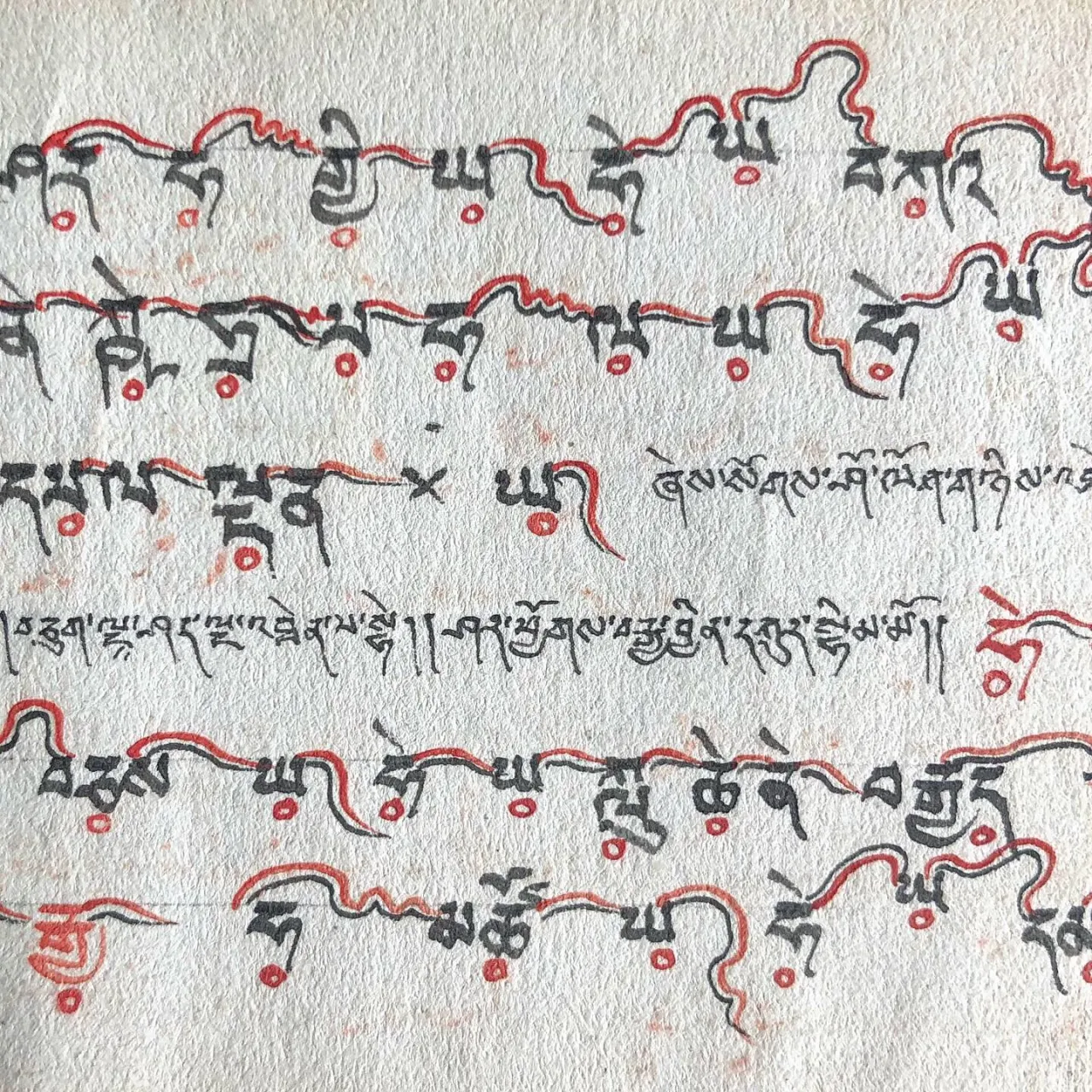
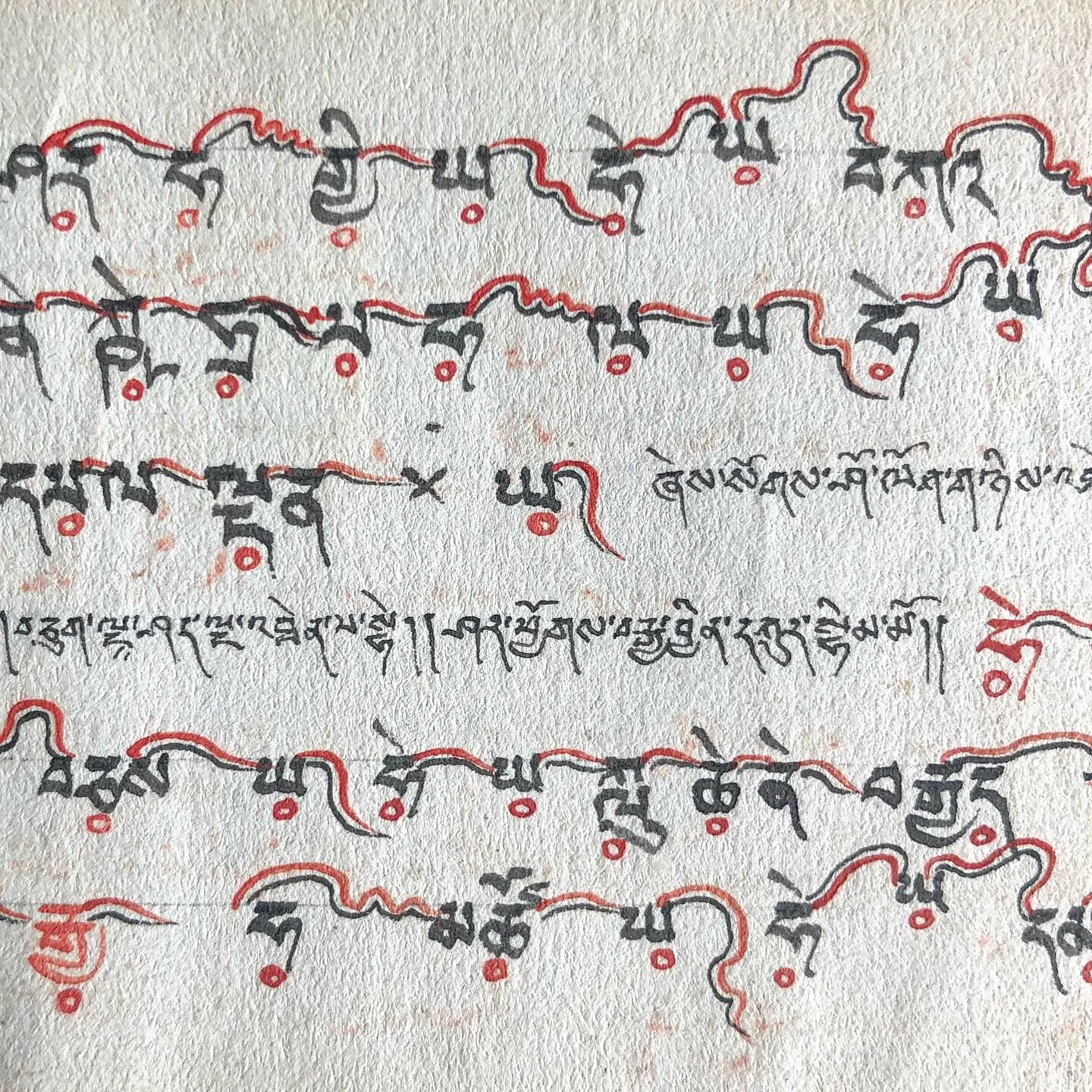
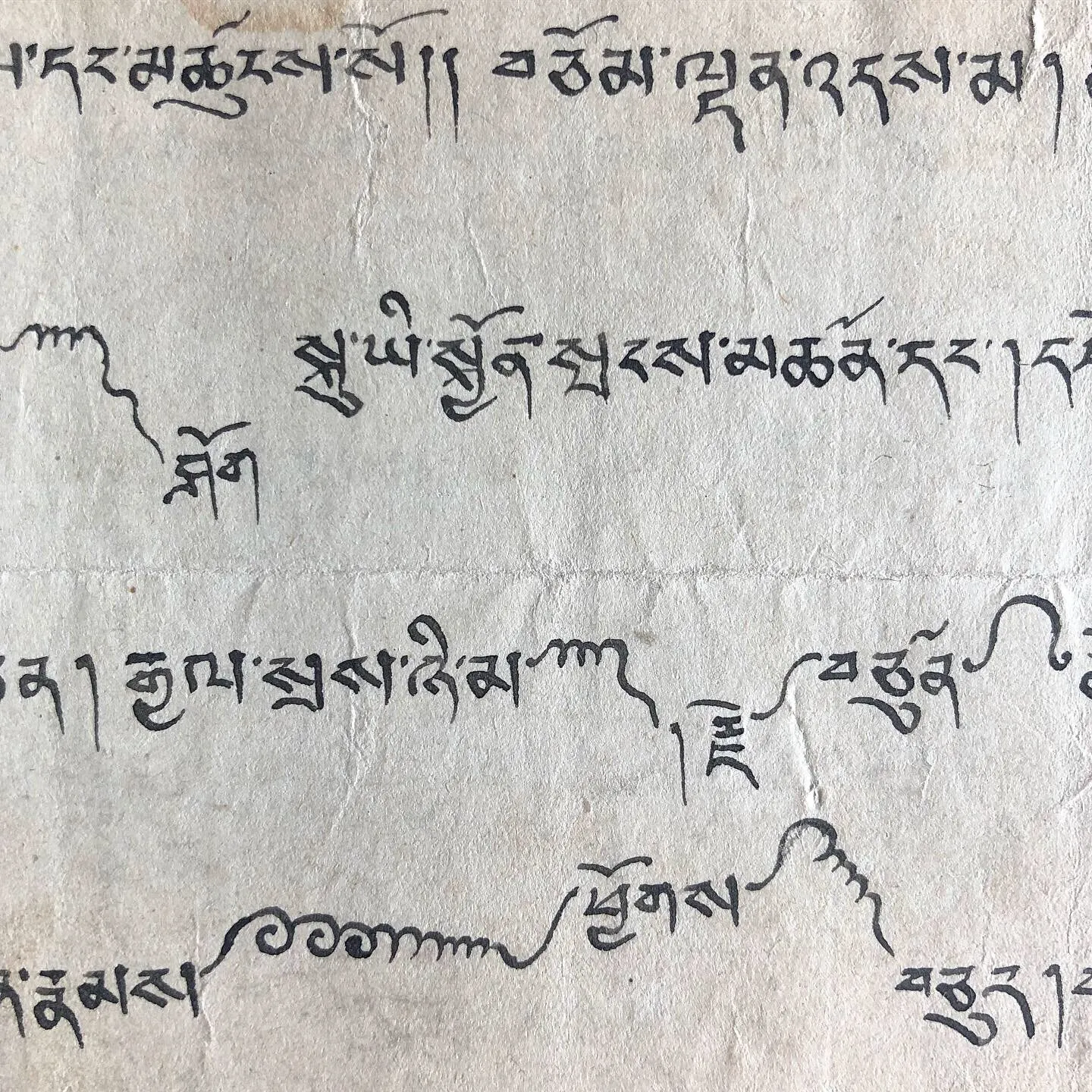
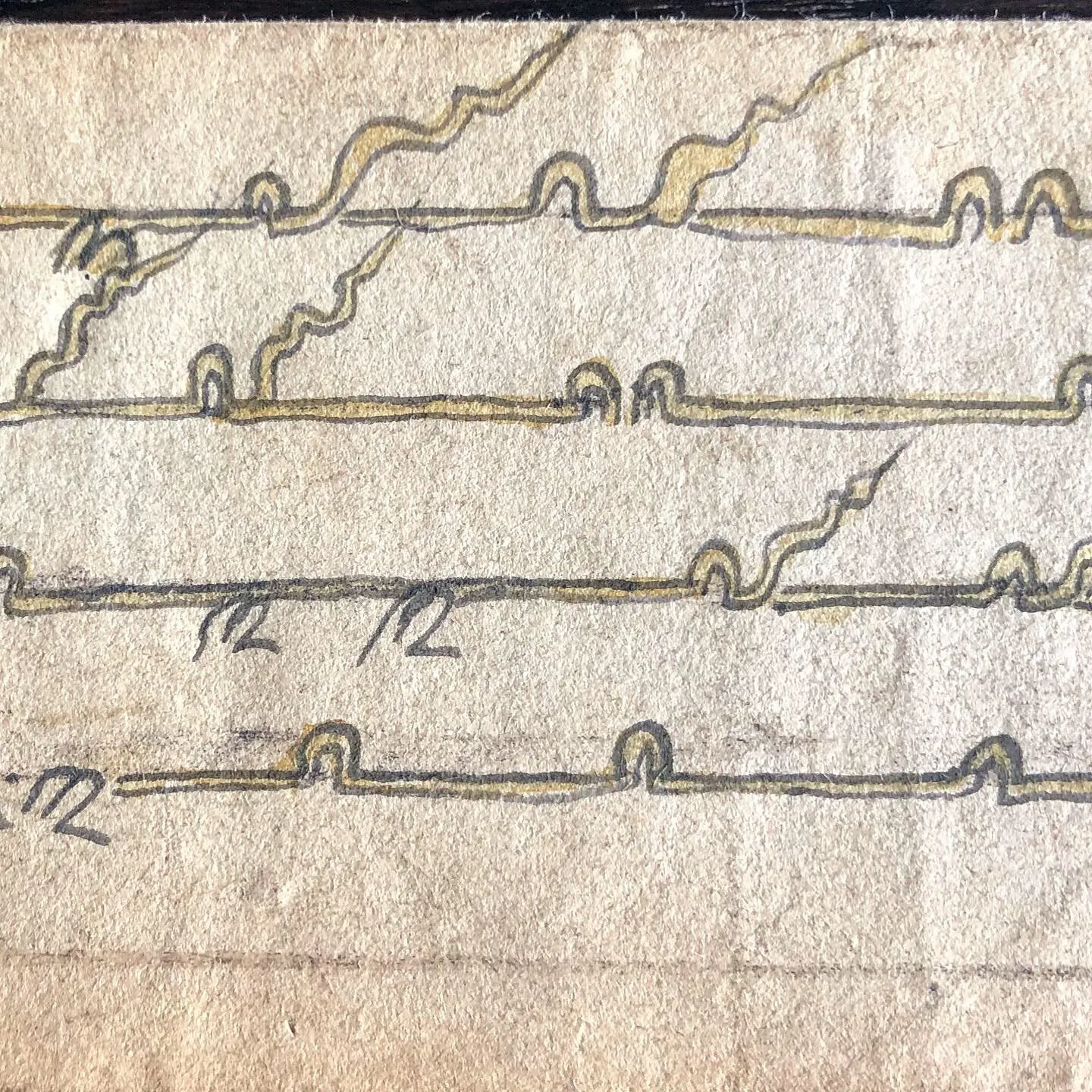
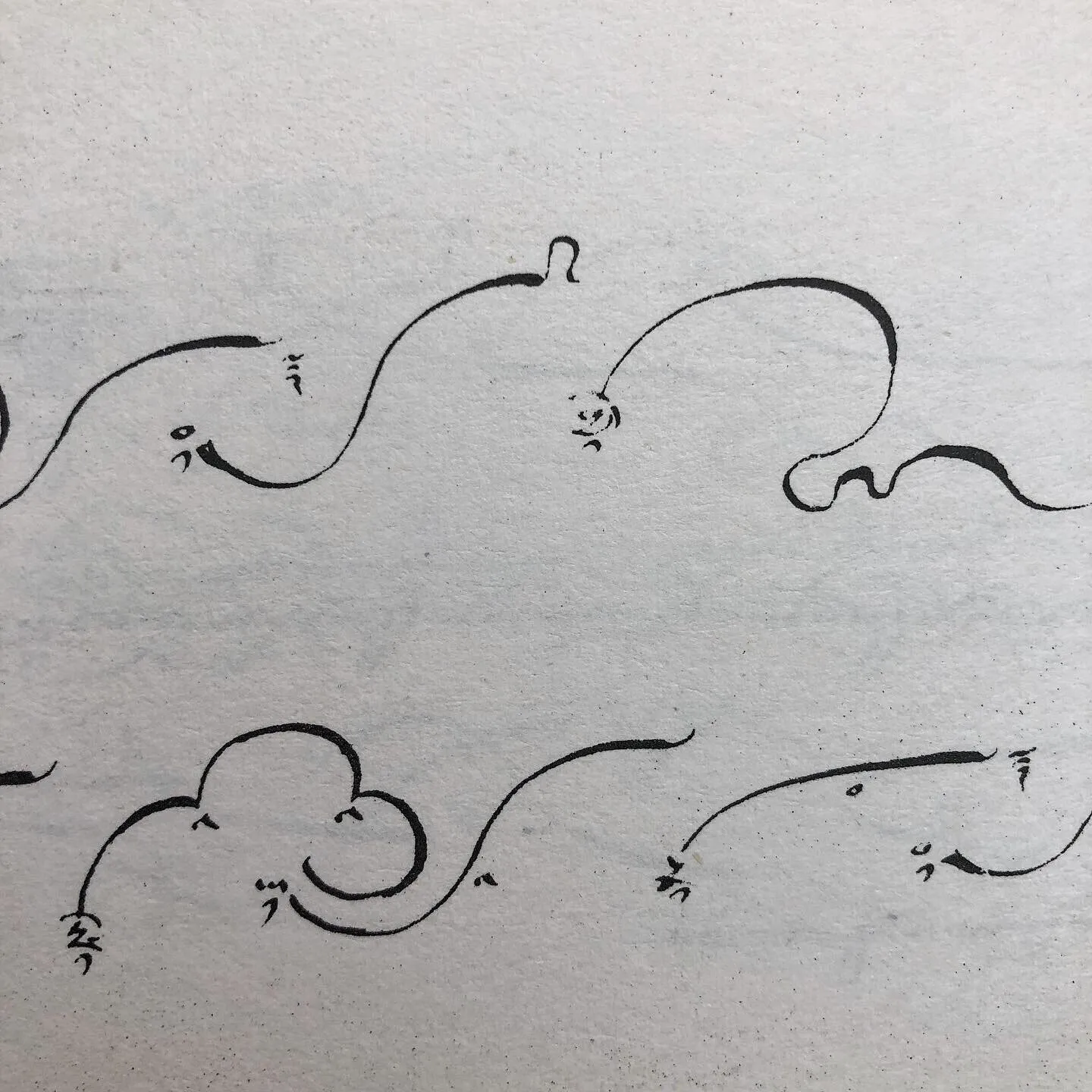
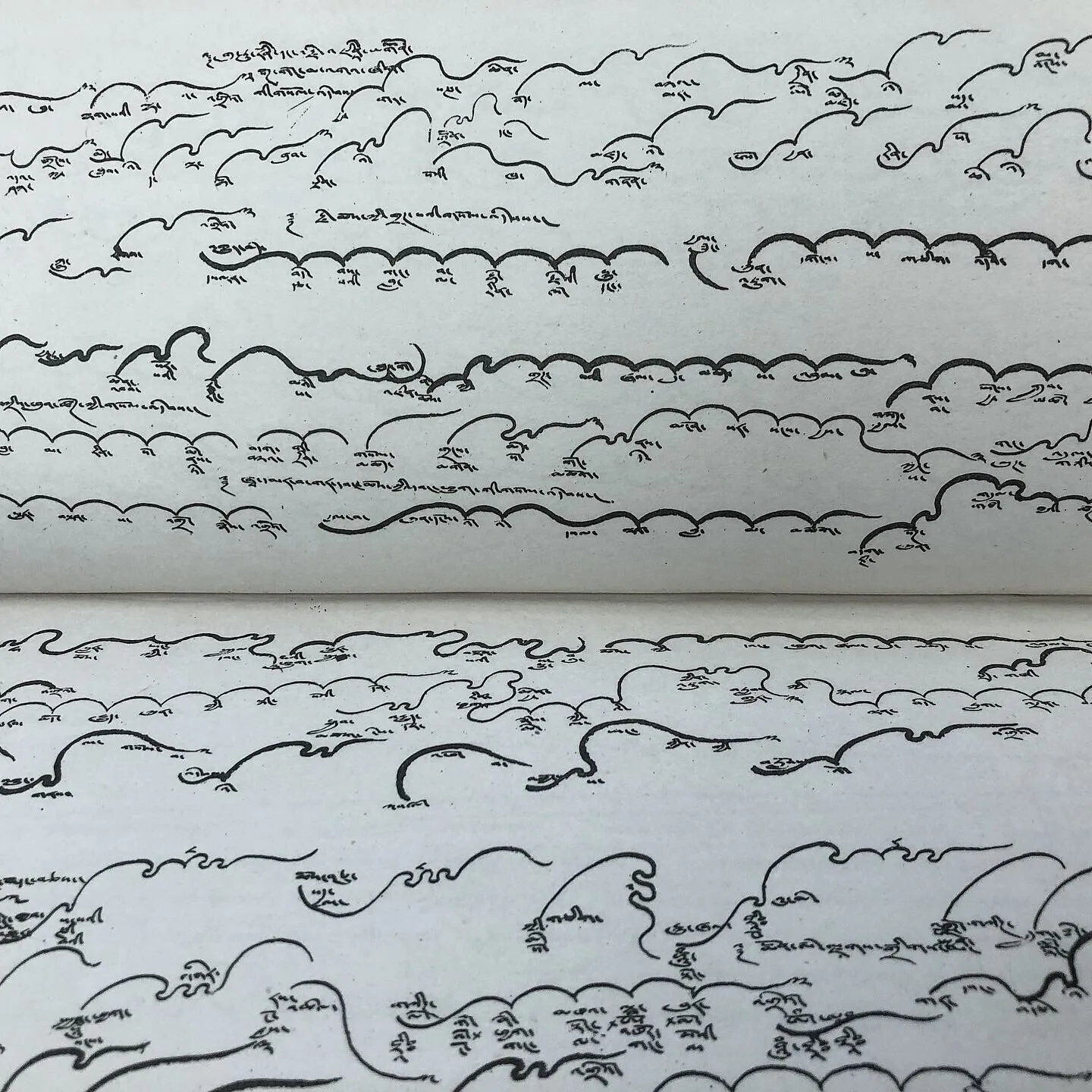
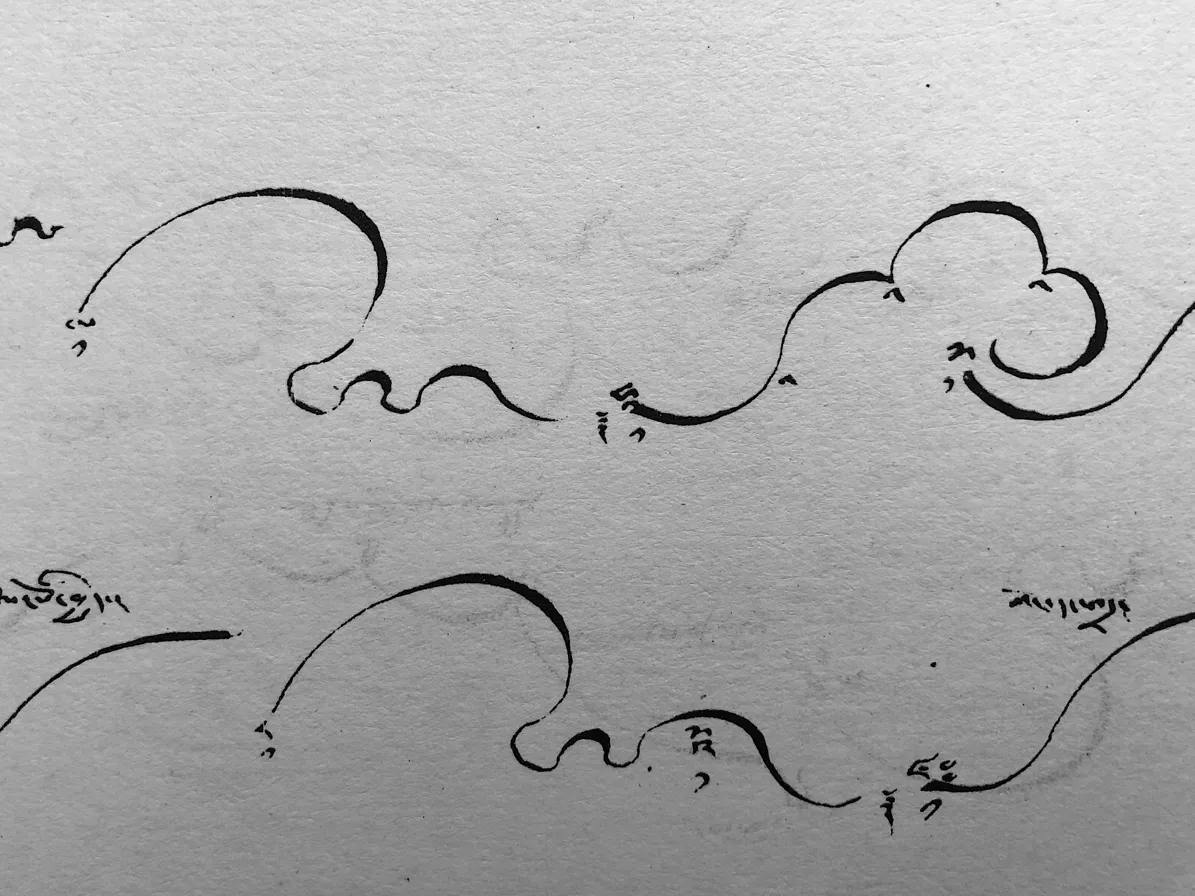
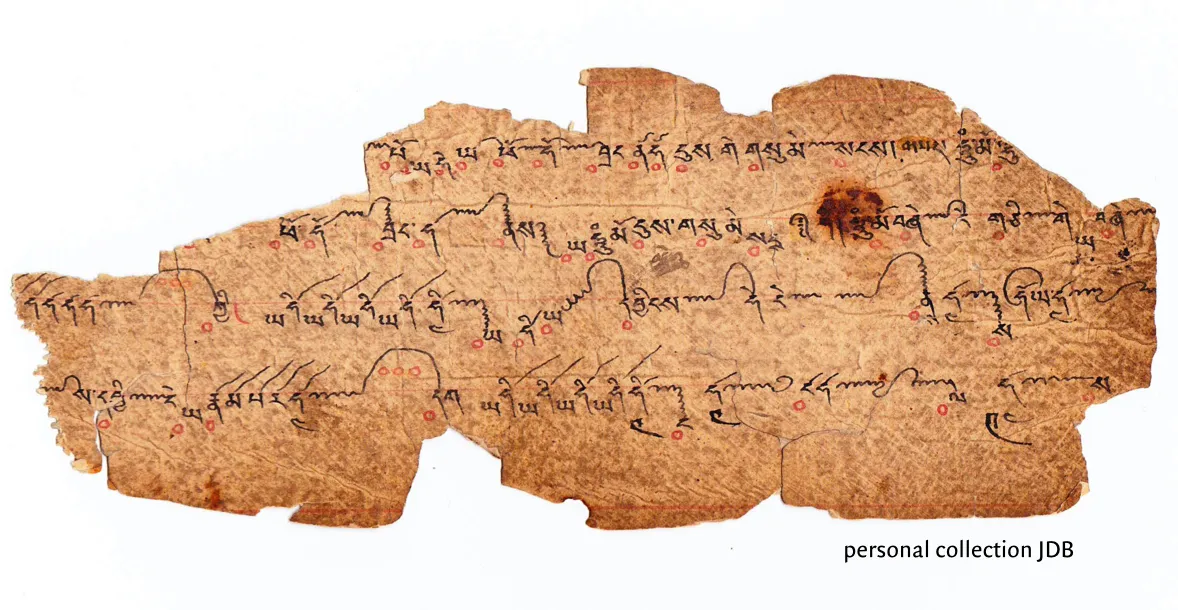
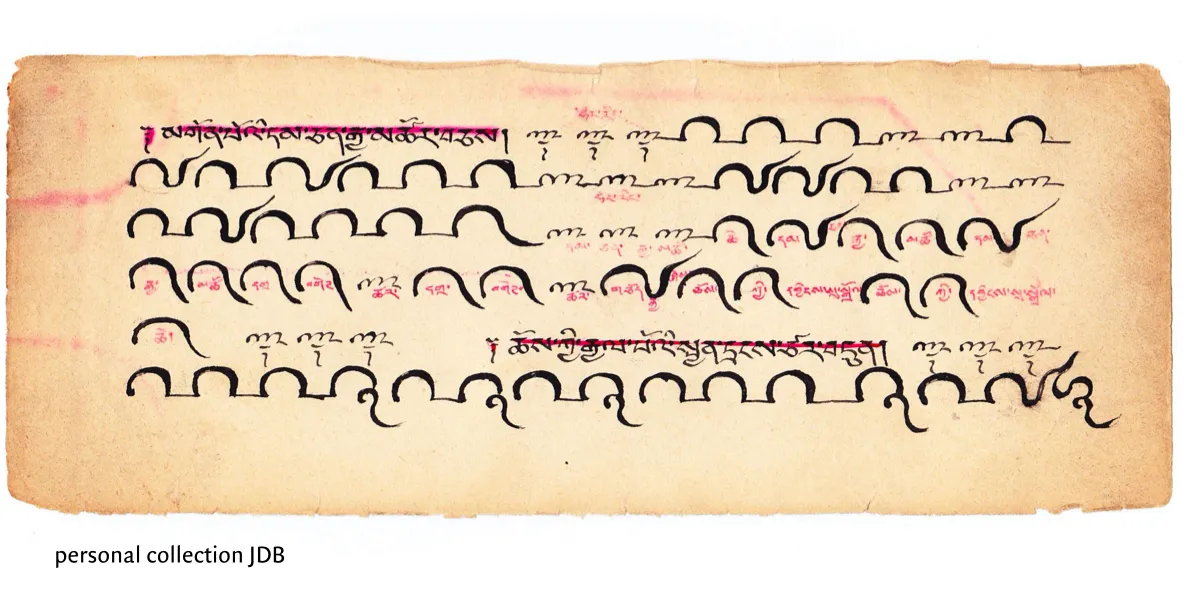
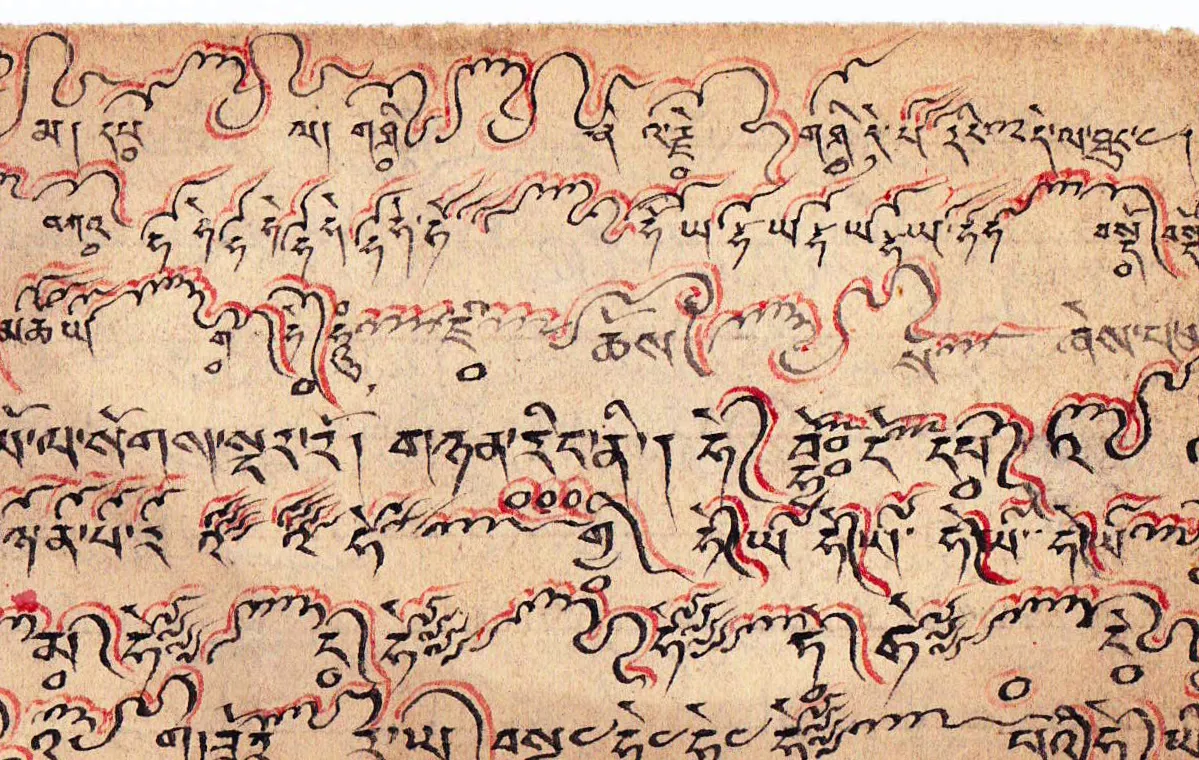

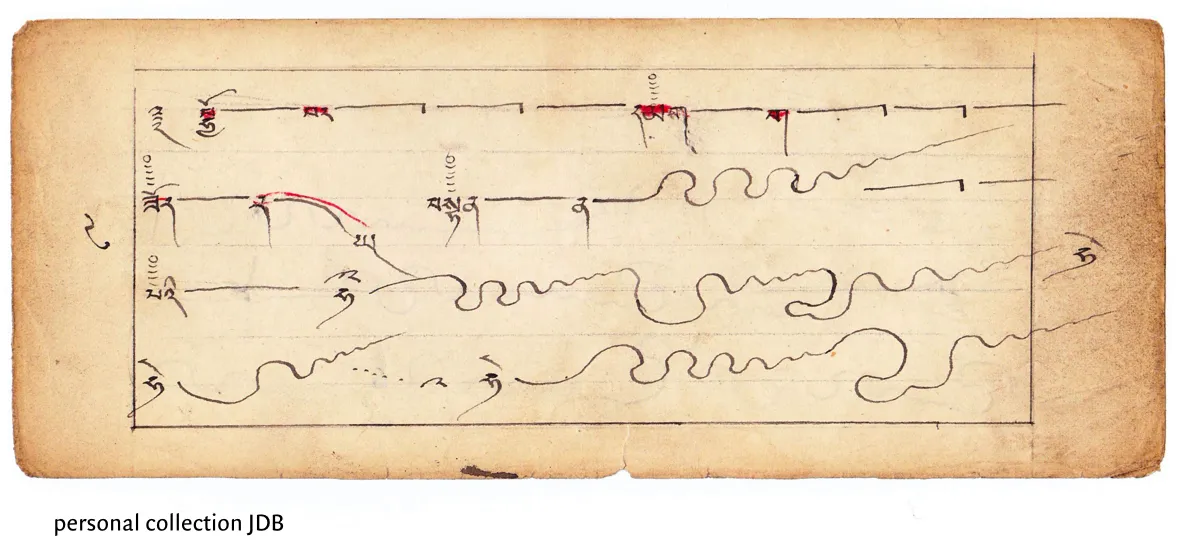







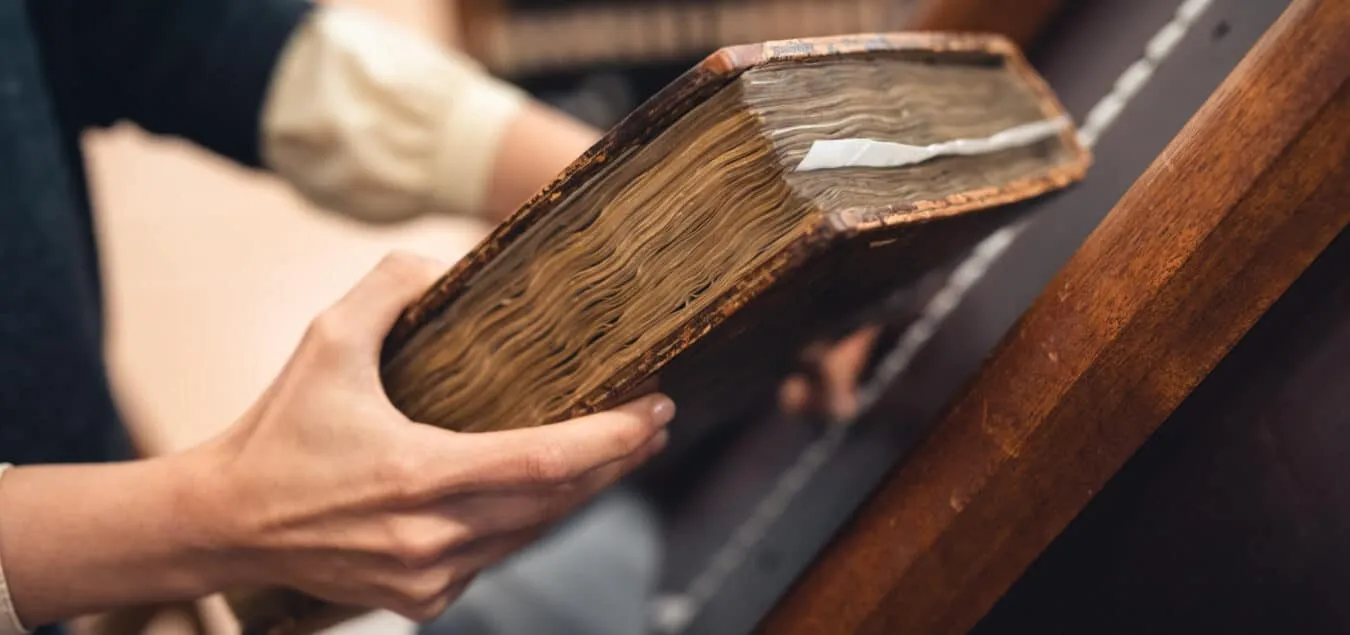



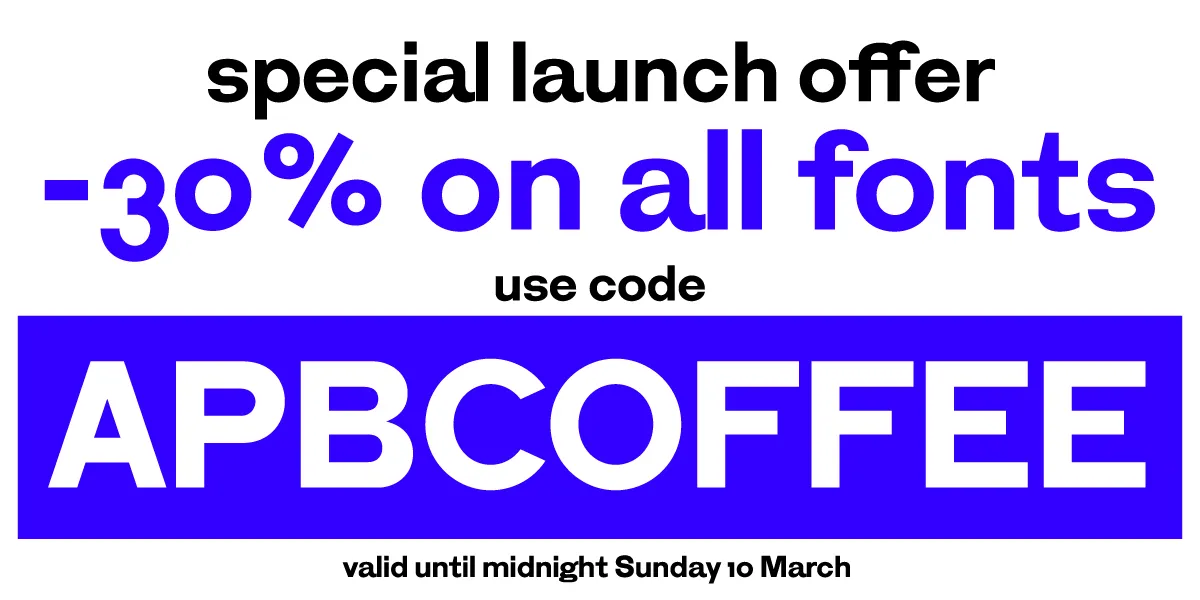





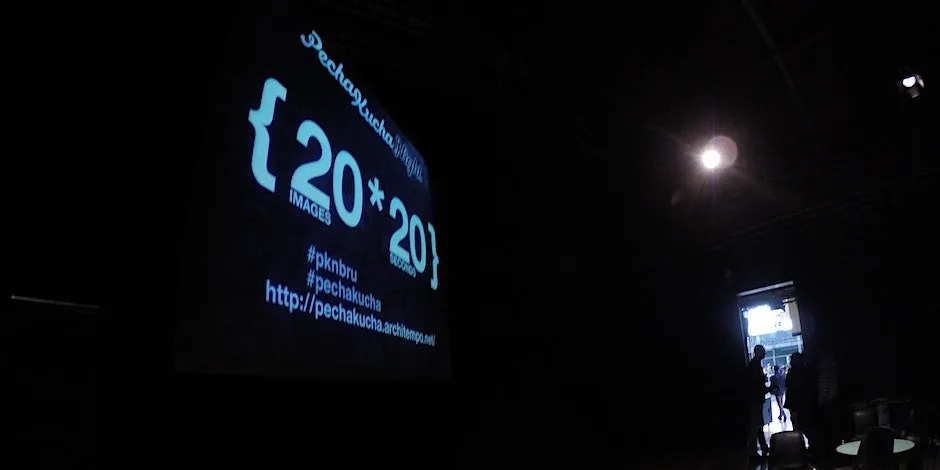

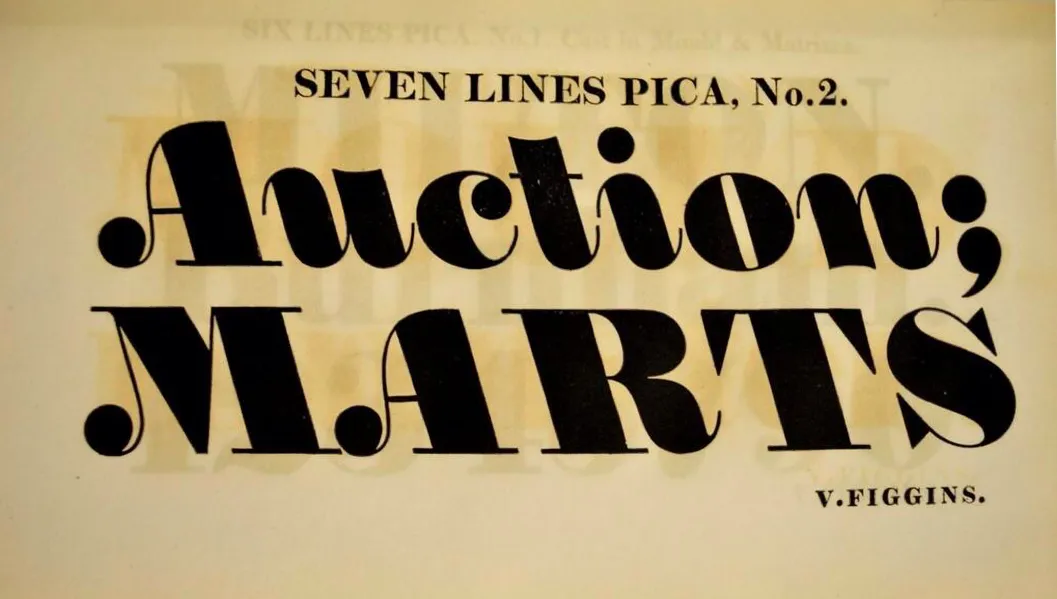

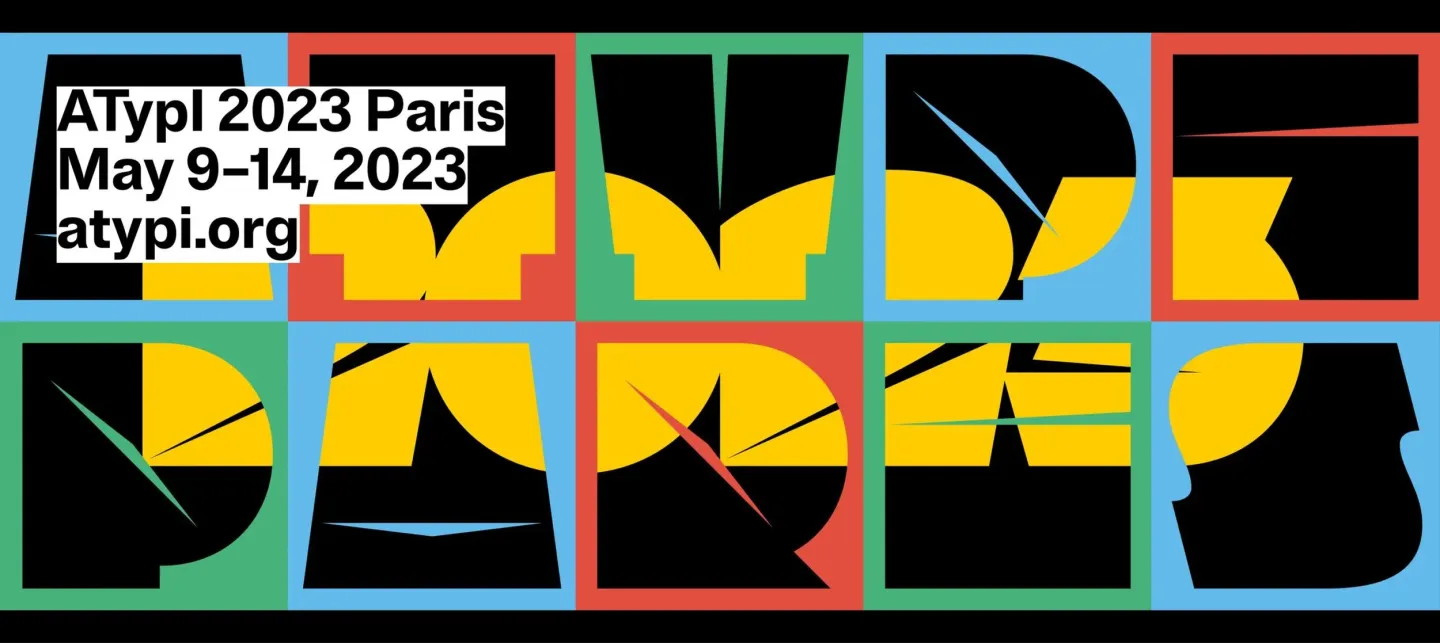

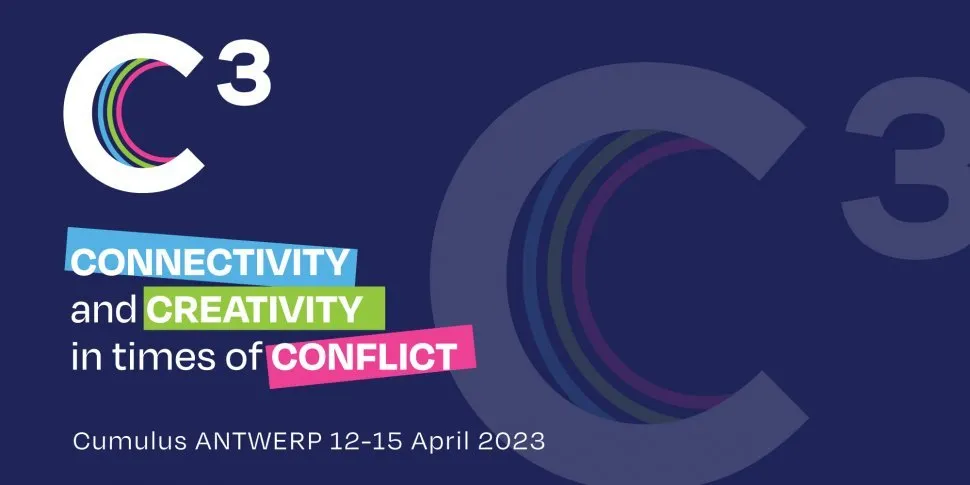

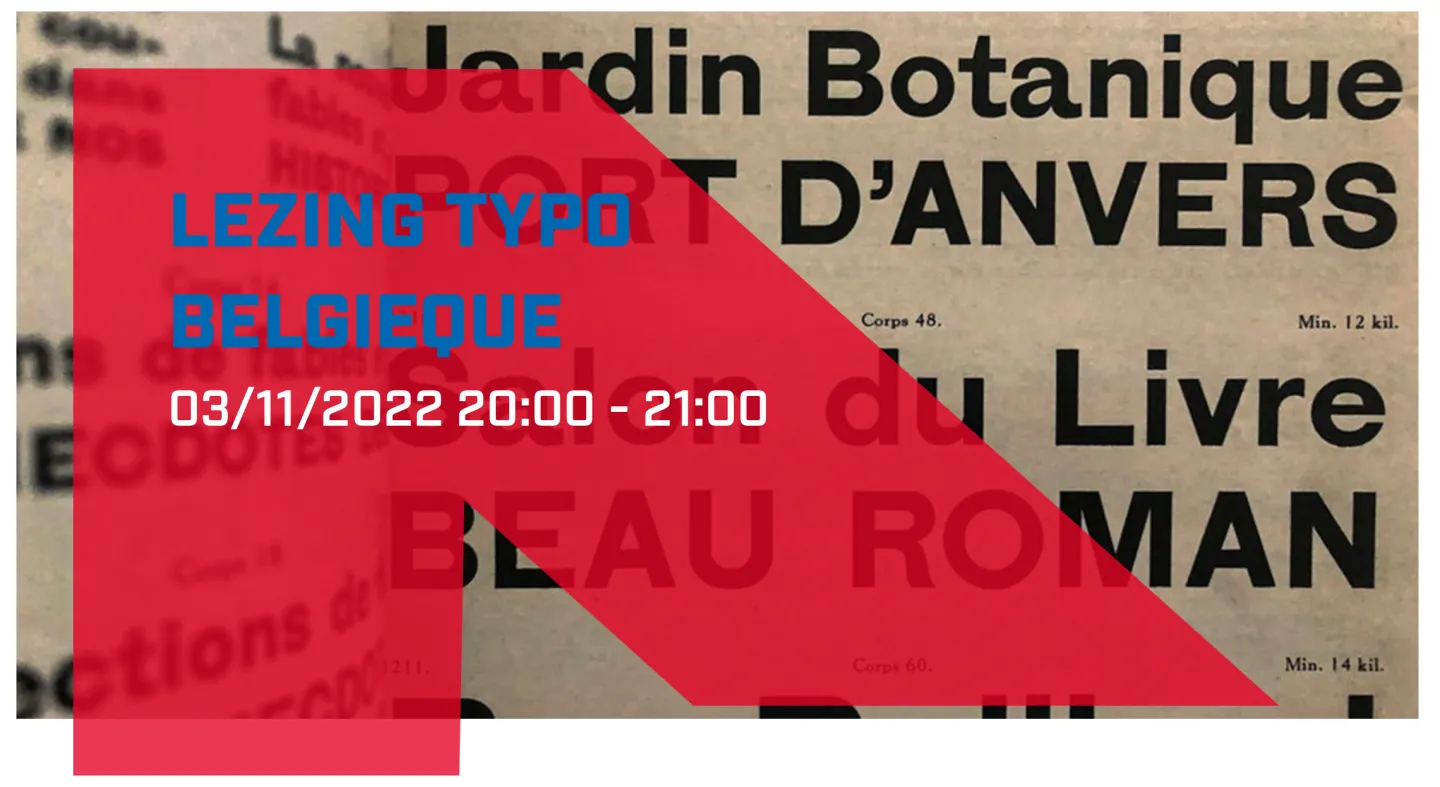

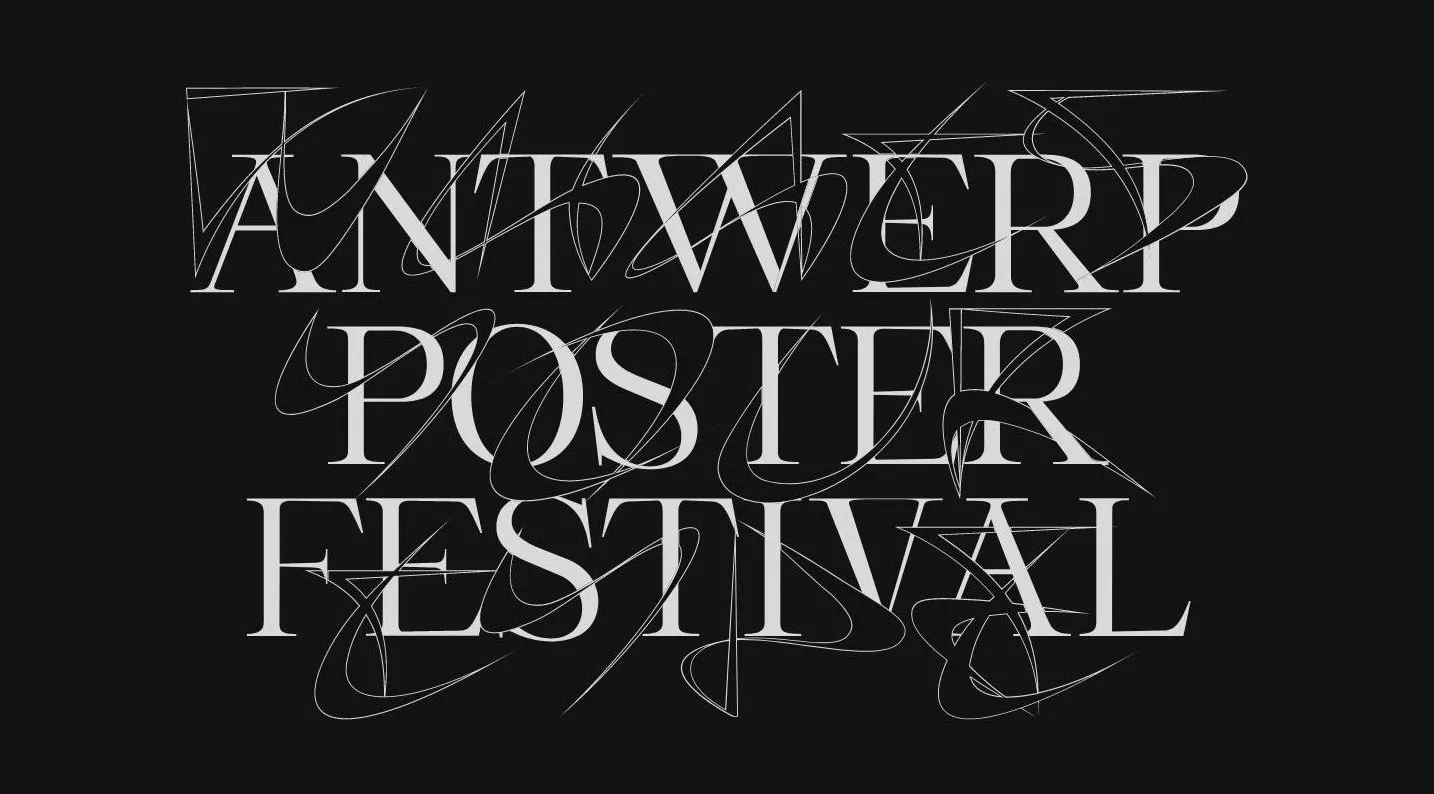



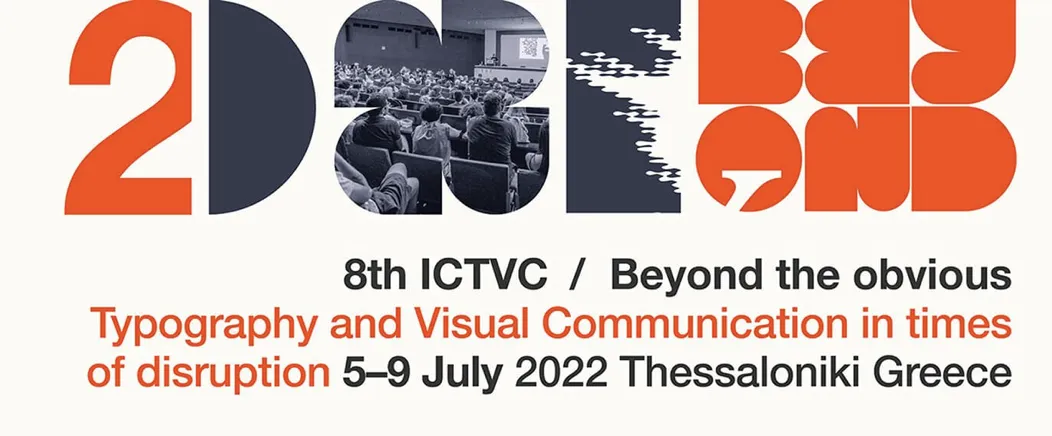

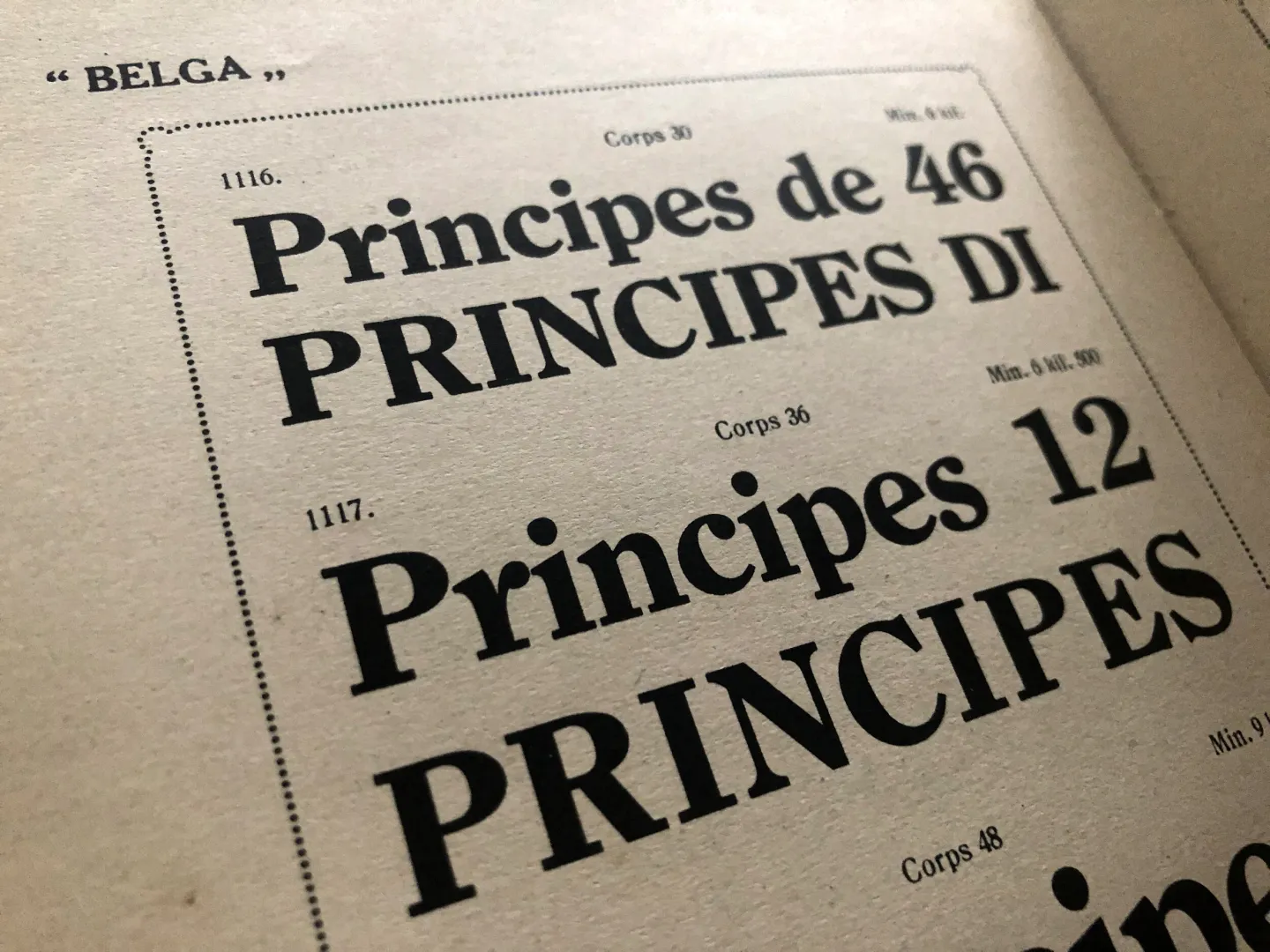









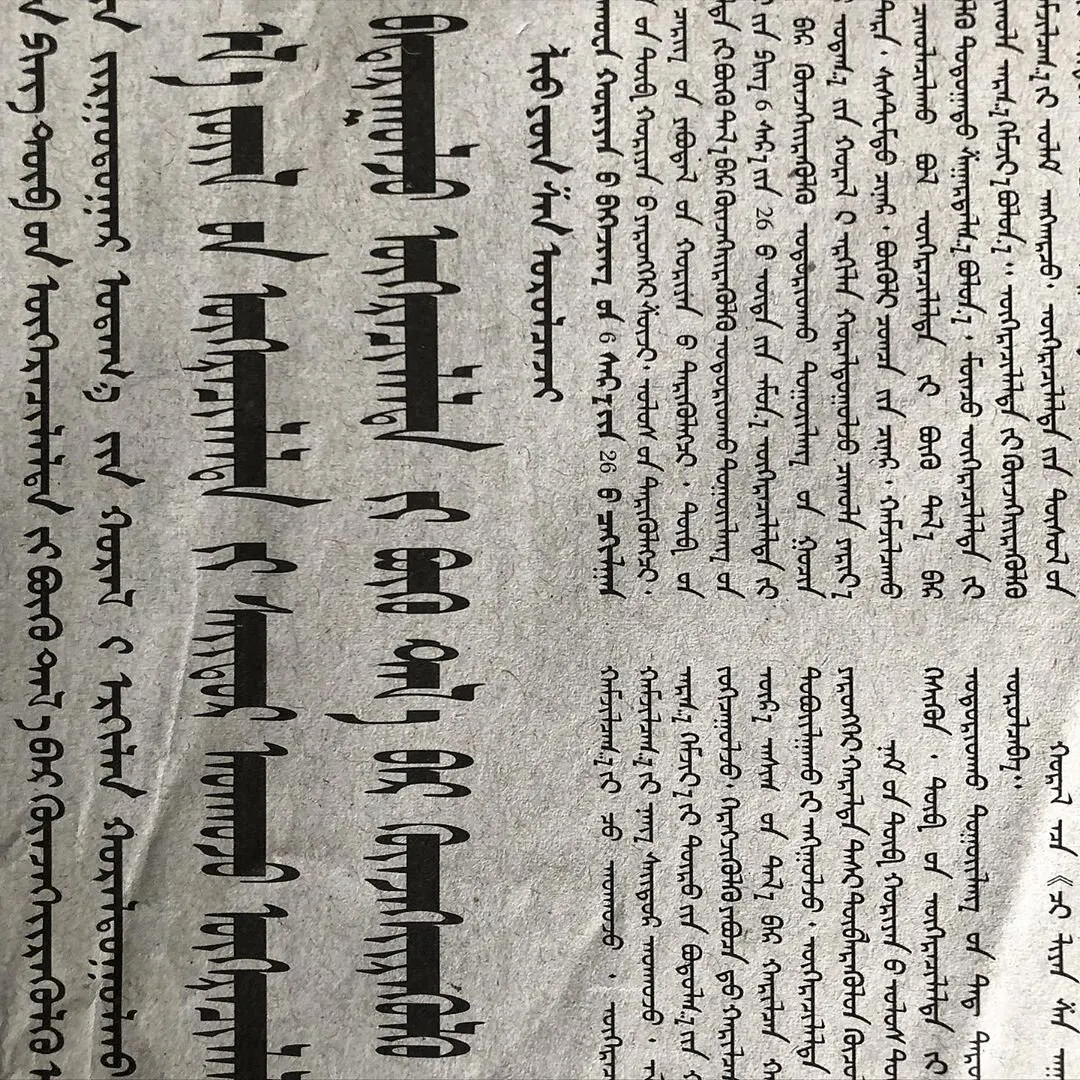

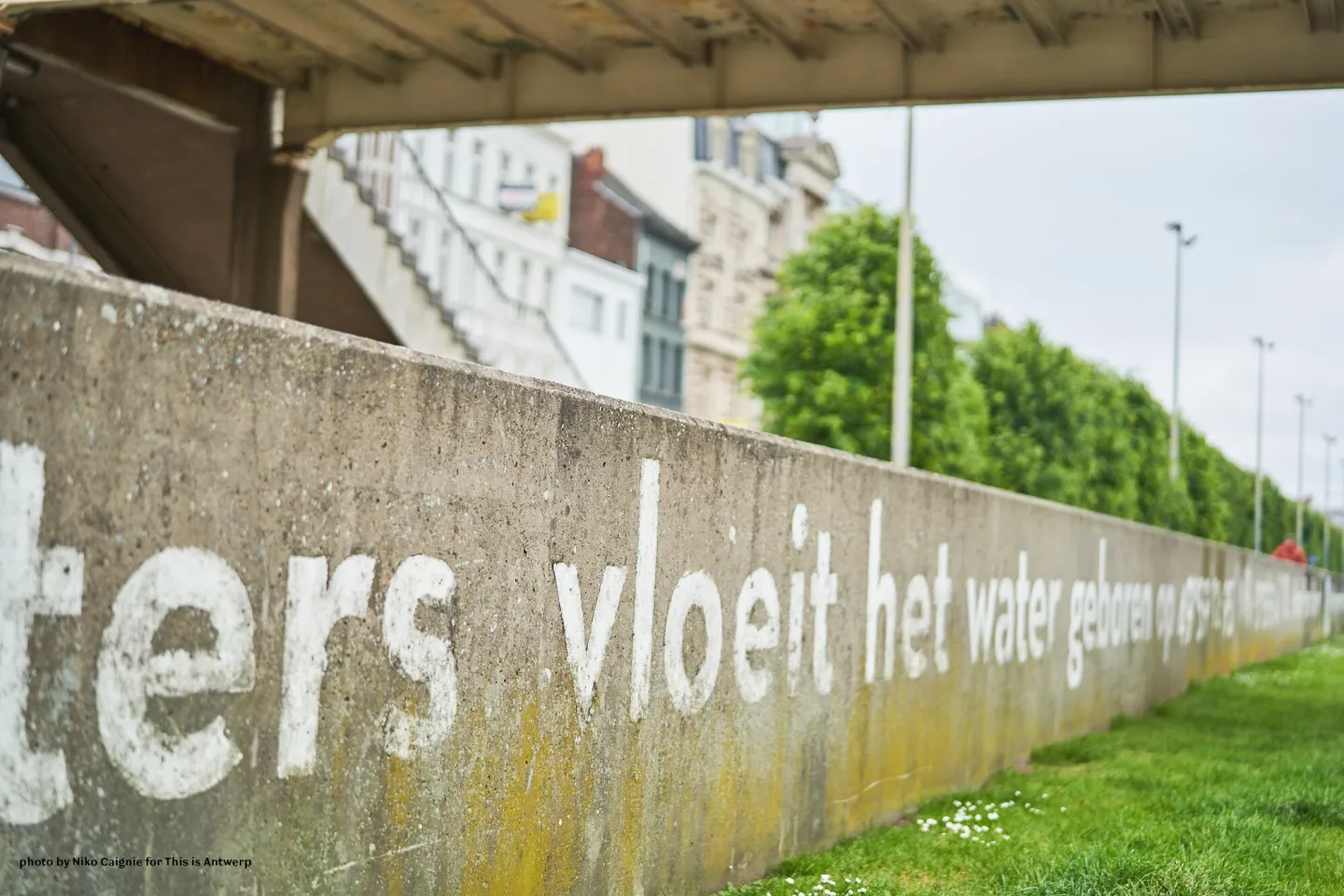

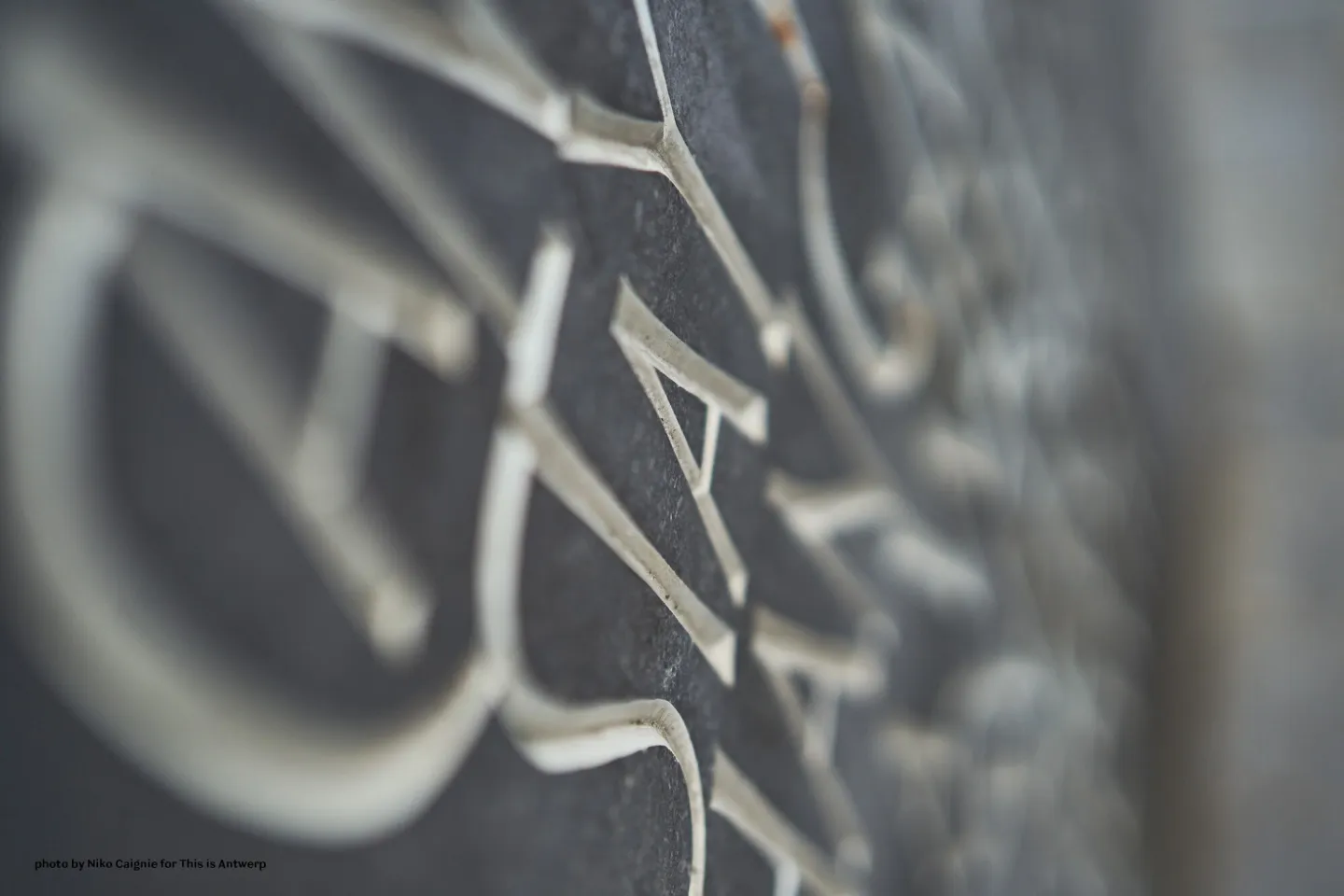



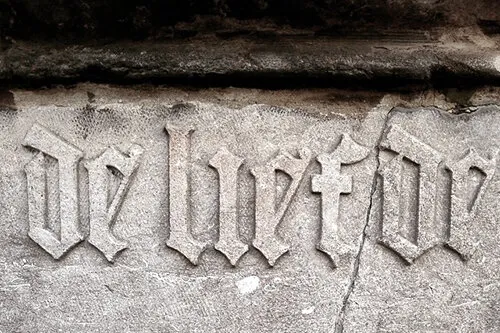

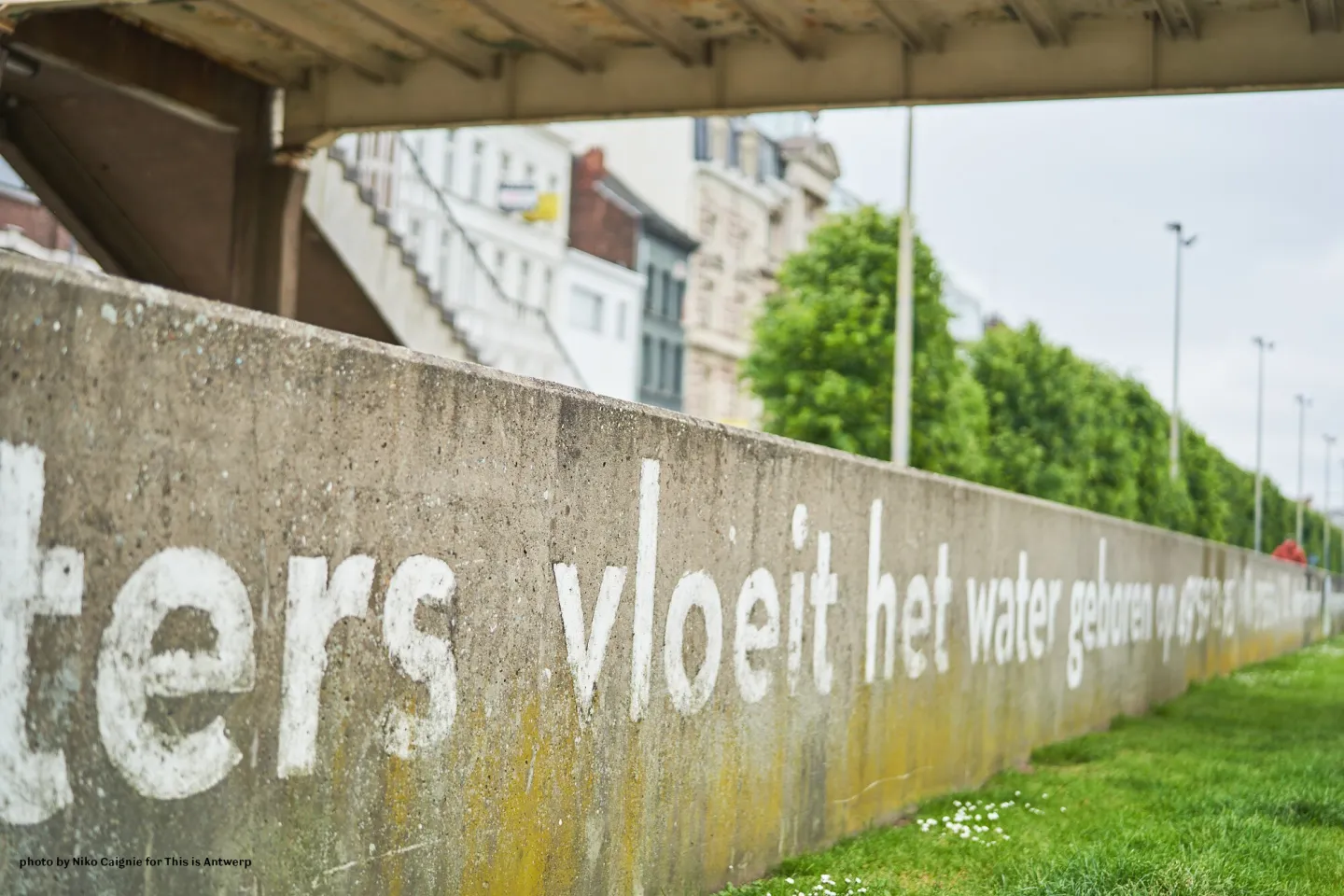

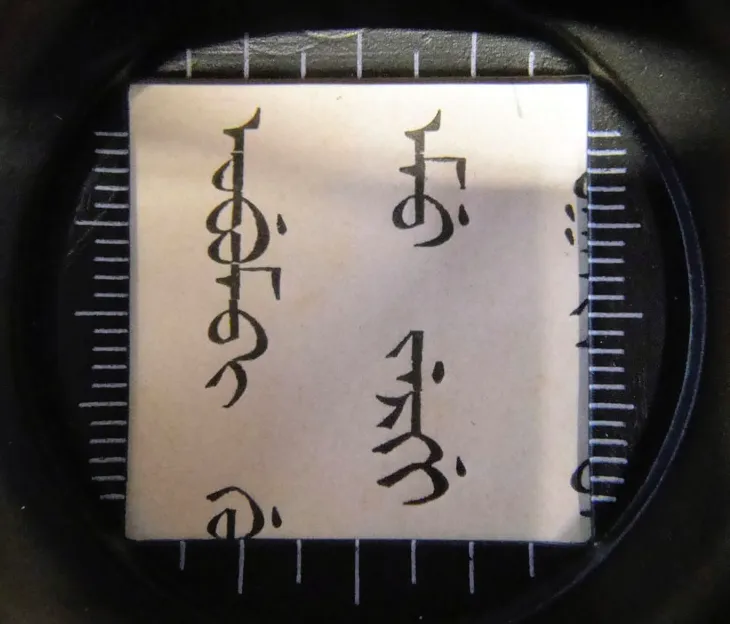

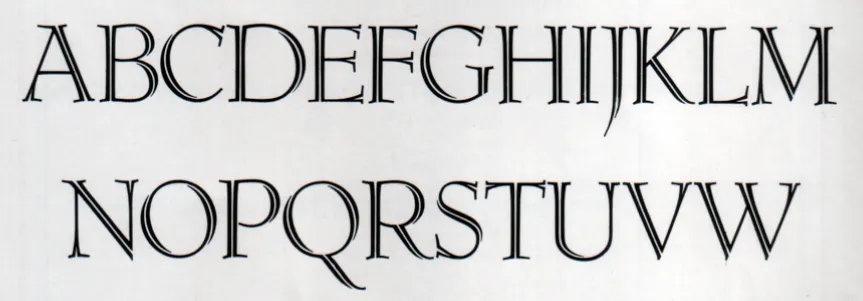







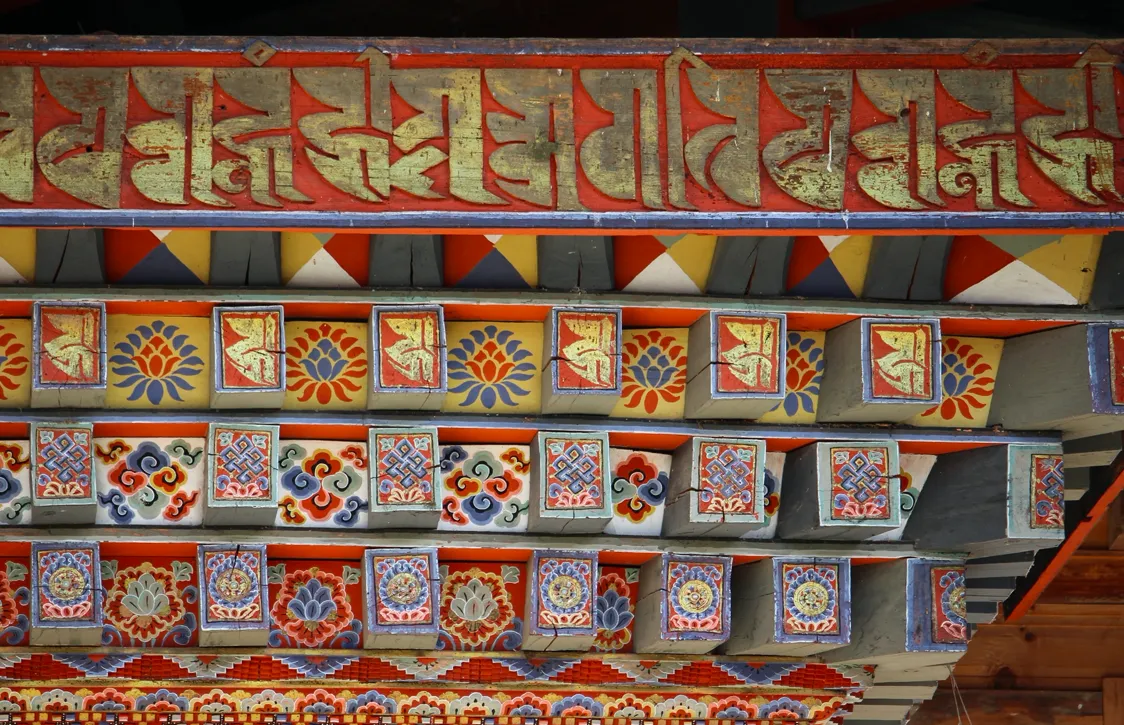

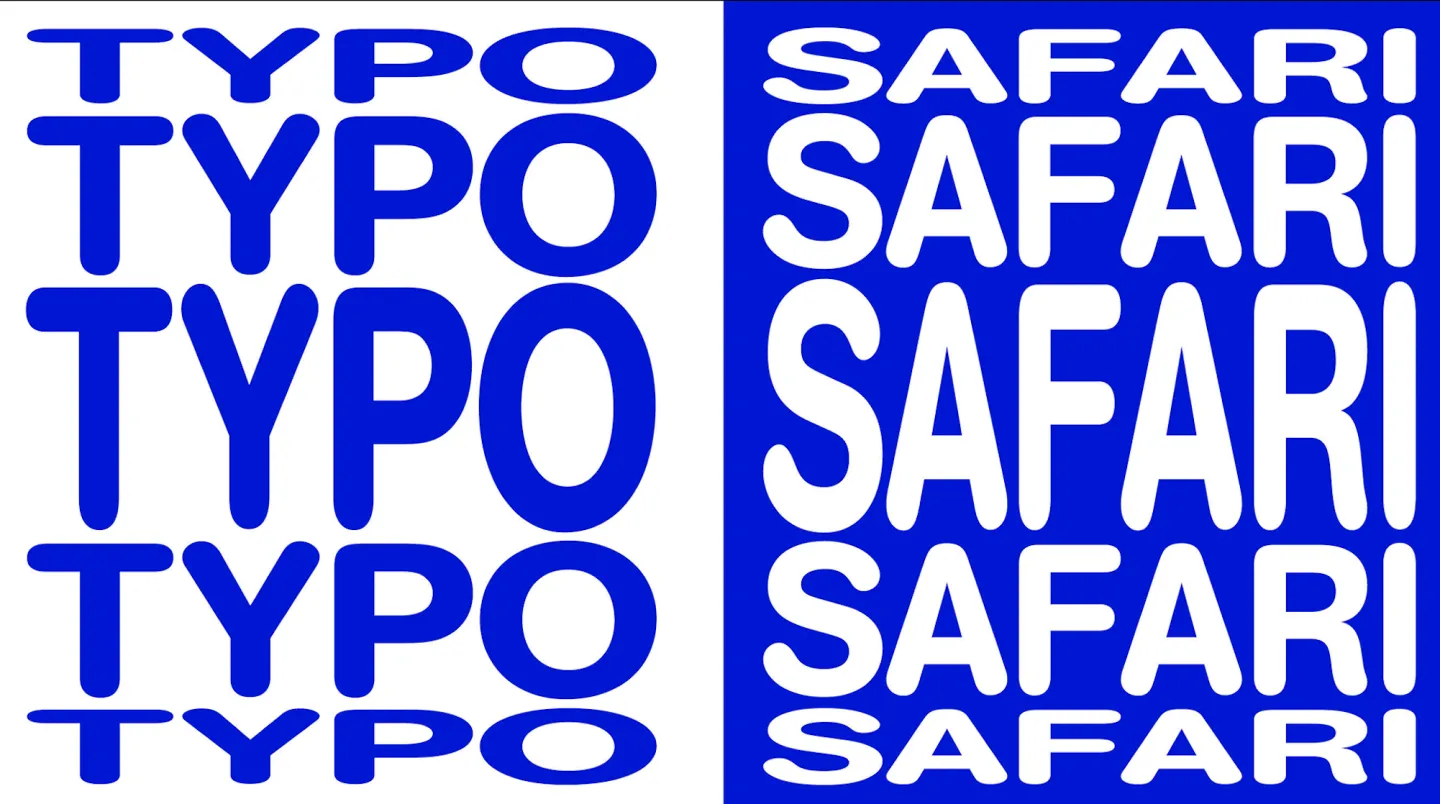

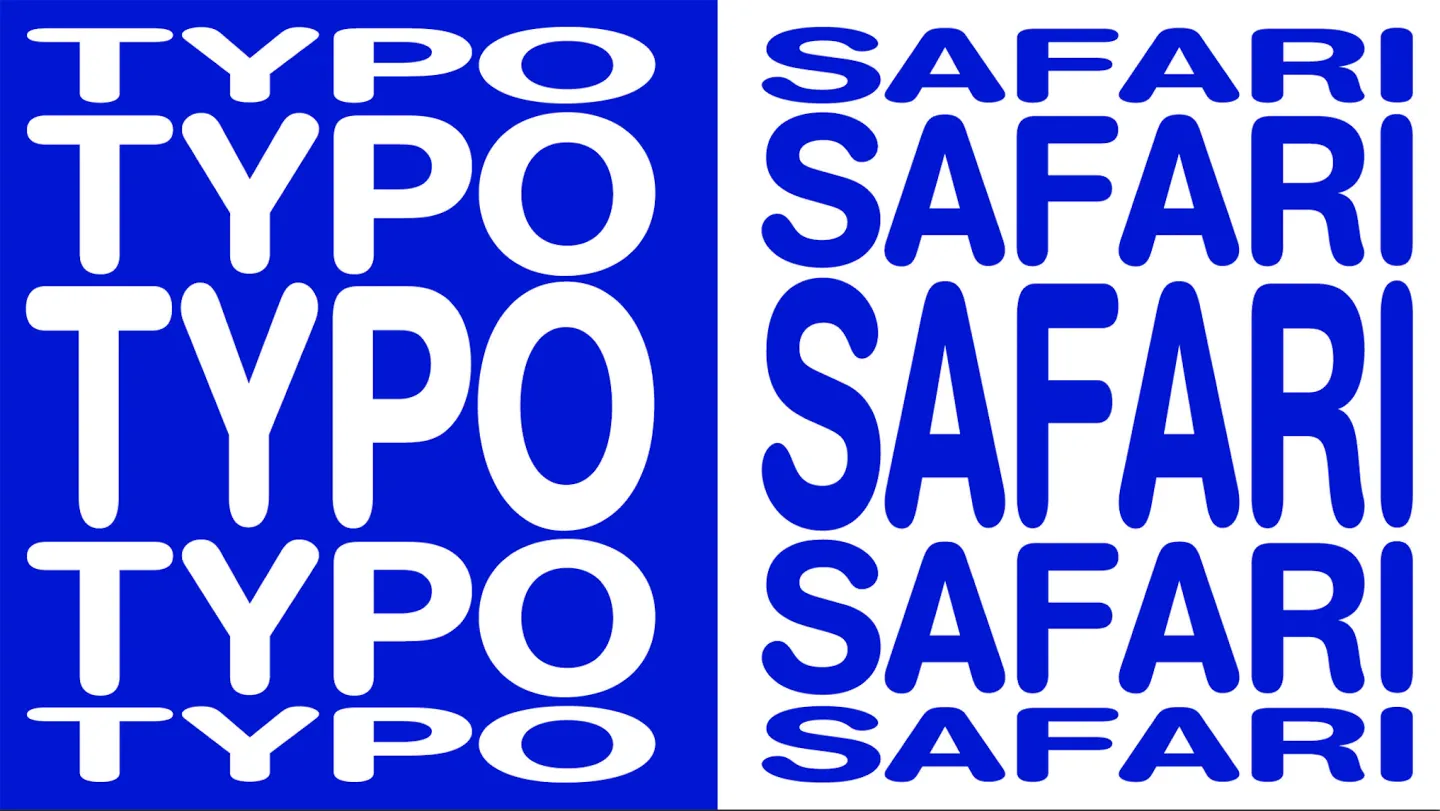



![talk [free]: Tibetan Typeforms – the historical development of Tibetan Typefaces]( https://studiotype.be/media/pages/blog/talk-free-tibetan-typeforms-the-historical-development-of-tibetan-typefaces/eb0e045741-1715264037/tt1jdb-1440x.webp)

![typewalk Antwerp 10 [cancelled due to new covid-19 regulations]]( https://studiotype.be/media/pages/blog/typewalk-antwerp-10-cancelled-due-to-new-covid-19-regulations/10dc578a66-1715264037/date-type-walk-021-1440x.webp)